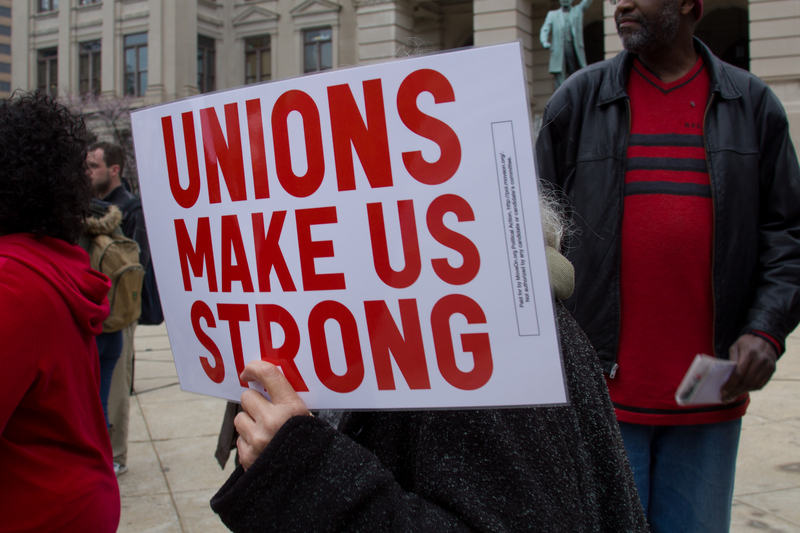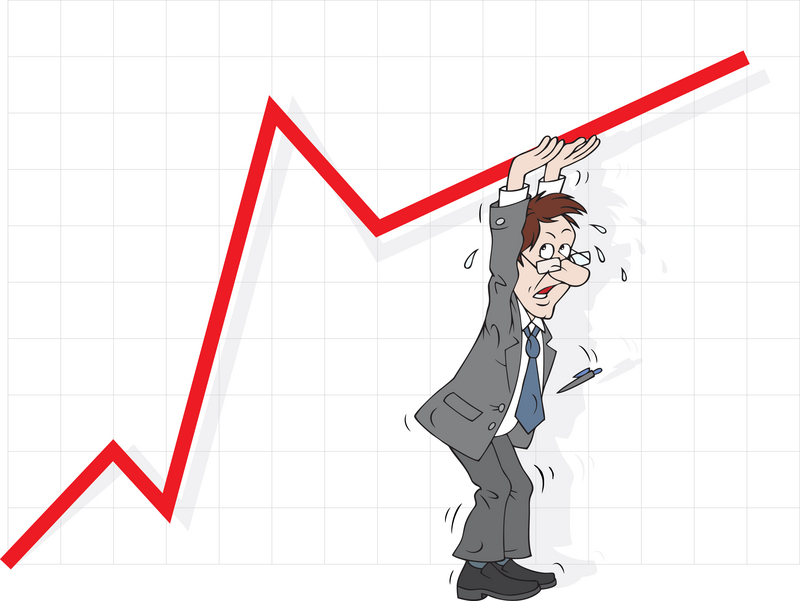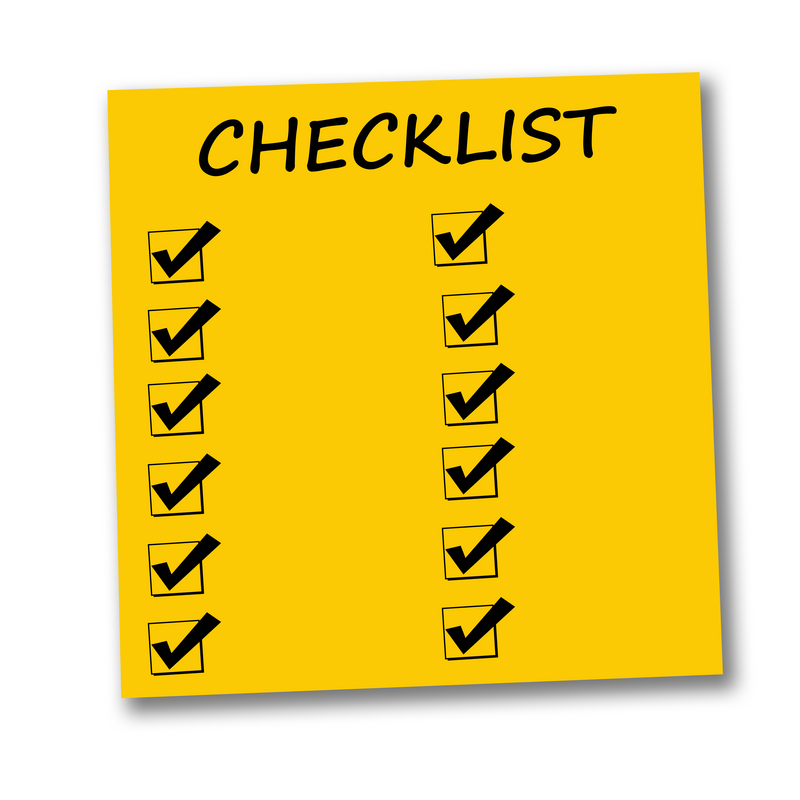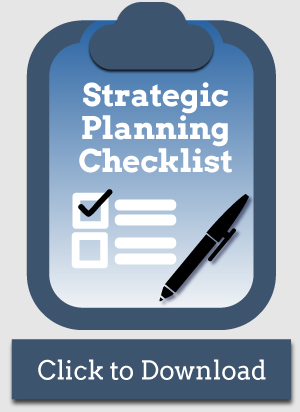How pleased are you with the effectiveness of your organization’s Strategic Planning Process?
-Have you reviewed your vision lately and is it still appropriate?
-Was there good awareness and buy in from employees?
-Were initiatives successfully implemented?
-Did you achieve the bottom line impact desired?
If not what are you going to do differently next year. Remember that if you continue to do what you have been doing and expect different results, that is called insanity. Consider using a consultant that can provide excellent references Be sure to put some money in your budget for 2016 and start looking for the right professional for assistance.














